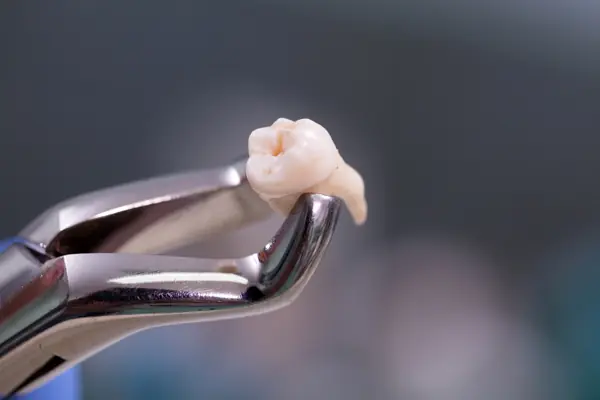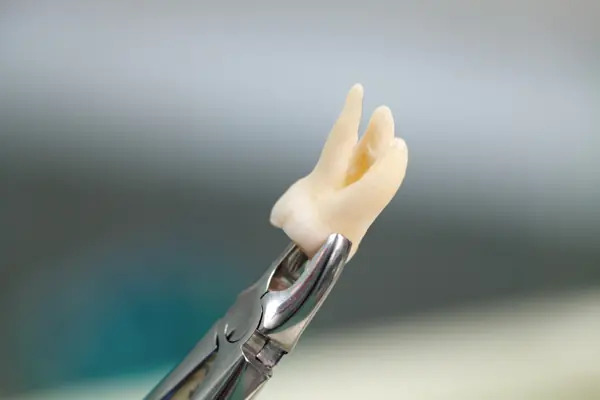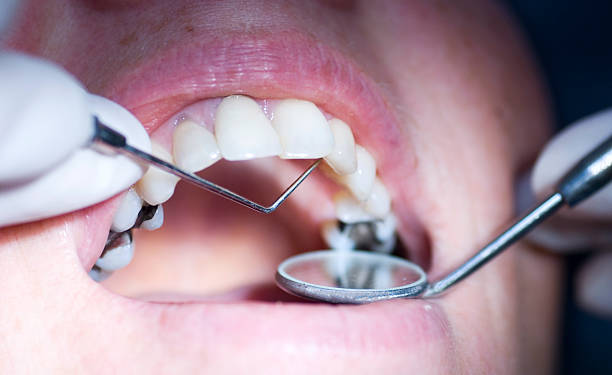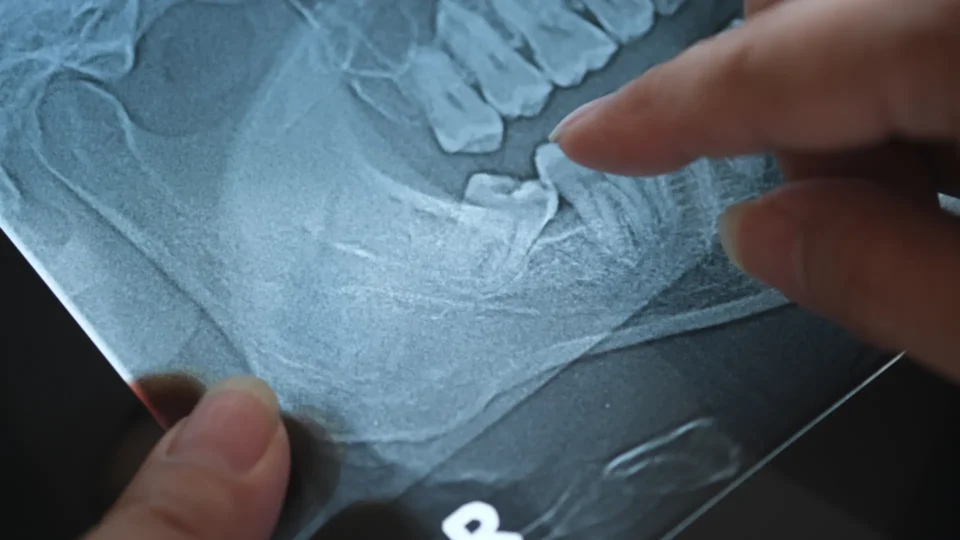When Should You Consider a Tooth Extraction? Decoding the Signals from Your Teeth

Our teeth work hard every day, handling everything from biting and chewing to brightening our smiles. But despite their strength, teeth aren’t indestructible. Over time, decay, injury, infection, or shifting teeth can put your oral health at risk—sometimes to the point where a tooth extraction is the best option.
While the thought of having a tooth removed can feel intimidating, extractions are common, straightforward, and often necessary to prevent bigger problems down the road.
So how do you know if a tooth needs to come out? What signals should you look for? Let’s break down the signs that point to a needed extraction, how dentists decide whether removal is right, the risks of putting off the procedure, and what to expect during recovery.
What are the Common Signs That You Need a Tooth Extraction?
Dentists don’t jump to extractions lightly—most do everything possible to save your natural teeth. Still, certain symptoms make extraction the safest, healthiest choice. Here’s what to watch for:
1. Severe Tooth Decay
Decay is a leading reason for extractions. Cavities that go untreated can eat through the tooth, destroying its structure and making repair impossible.
- Visible holes or large, dark spots that aren’t fixed by a filling or crown are a strong clue.
- Ongoing pain that worsens, even after other dental work, often means decay has reached the nerve or root.
2. Tooth Infection
If bacteria invade a tooth’s pulp (the soft tissue at its core), an infection can quickly spiral out of control. Root canals often resolve these infections—but if they don’t, or if the infection is too advanced, the tooth may need to go.
- Abscesses (swollen bumps or pus near the tooth) signal that infection has spread.
- Constant, throbbing pain that isn’t relieved by medication should not be ignored.
3. Gum Disease (Periodontitis)
Advanced gum disease can break down the bone and tissue that support your teeth.
- Loose or wiggly teeth indicate that the tooth has lost its support system.
- Receding gums, or teeth that look longer, may signal that gum disease has damaged the roots.
4. Impacted Teeth
Impacted teeth—most commonly wisdom teeth—are teeth that can’t fully emerge through the gum.
- Jaw pain, swelling, or recurring infections near the back of your mouth are red flags.
- Crowding or shifting of nearby teeth can mean an impacted tooth is pushing things out of alignment.
5. Trauma or Injury
Accidents happen, and teeth can crack, break, or shatter beyond repair.
- Deep cracks, split roots, or shattered crowns usually can’t be fixed.
- Ongoing pain after injury may mean the tooth is dying or has already died.
6. Overcrowding
Sometimes, healthy teeth need to be extracted to make room—especially for braces or other orthodontic treatments.
- Crowding, overlapping, or teeth that just won’t straighten are classic reasons your dentist might recommend an extraction.
How Does a Dentist Determine If a Tooth Should Be Extracted?
Your dentist will take a step-by-step approach before recommending an extraction:
1. Comprehensive Exam and X-rays
Dentists use X-rays to get a detailed look at the tooth’s roots and the surrounding bone.
- Deep decay, fractured roots, or major bone loss are visible only through X-rays.
2. Assessing the Tooth’s Condition
They’ll check for cracks, the extent of decay, infection, and whether the tooth responds to pressure or temperature.
3. Considering Your Health and Goals
Are you prepping for braces? Do you have a health condition that affects healing? Dentists factor in your big-picture health and treatment plans.
4. Reviewing Past Treatments
If you’ve had repeated root canals, failing fillings, or other treatments that just aren’t working, extraction becomes more likely.
Remember, extraction is typically a last resort—dentists will try to save your tooth if possible.
What are the Risks of Delaying a Tooth Extraction?
Hoping the pain will just “go away”? Delaying a needed extraction can backfire in several ways:
1. Spread of Infection
Untreated infections don’t just affect the tooth—they can spread to your jaw, face, or even your bloodstream (a condition called sepsis, which is life-threatening).
2. Worsening Pain
A damaged or infected tooth rarely improves without treatment. Instead, the pain usually increases and can become severe, even affecting your sleep and daily life.
3. Damage to Other Teeth
Infections or abscesses can spread to neighboring teeth, causing decay or gum damage. A tooth that’s pushing others out of place can throw off your entire bite.
4. Abscesses and Bone Loss
Chronic infection around a tooth root can form a painful abscess or cyst, destroying bone and soft tissue.
5. Harder, More Complicated Surgery
The longer you wait, the more likely bone loss, infection, or other complications will make extraction—and healing—more difficult.
How Long Does It Take To Recover From a Tooth Extraction?
Most people bounce back from a routine extraction in a week or less. Here’s a typical timeline:
Immediately after extraction
- Expect some bleeding, swelling, and mild discomfort. Your dentist will provide gauze and specific instructions.
- Use pain relievers as directed and apply ice packs to reduce swelling.
First 1–3 days
- Eat soft foods, avoid using a straw, and don’t smoke.
- Keep your mouth clean but avoid vigorous rinsing at first.
7–10 days:
- Most gum tissue will have closed over.
- Any stitches (if used) may dissolve on their own or be removed by your dentist.
Complete healing
- The bone underneath the extraction site continues to fill in over several months.
Pro tips for recovery
- Follow your dentist’s aftercare closely to prevent infection and “dry socket” (painful loss of the blood clot).
- If pain or swelling worsens, call your dentist.
When to Act
Your teeth are good at sending warning signals when something’s wrong. Don’t ignore pain, swelling, or signs of infection. Early action can save you time, discomfort, and further complications. If you suspect a tooth is beyond saving, reach out to your dentist for a clear diagnosis and plan.
Tooth extraction may sound intimidating, but it’s a common procedure that’s often the best way to restore your oral health. With a skilled dentist and proper aftercare, you’ll be on your way to a healthier, pain-free smile in no time.
Safeguard Your Smile—Book Your Visit Today!
If you’re dealing with tooth pain, visible decay, or suspect you need an extraction, don’t wait for things to get worse. Crescent Family and Cosmetic Dentistry of Columbia offers expert care and honest guidance to help you keep your smile healthy. Contact us today to schedule your consultation and start your journey to a pain-free, confident smile!



